Published:2025-10-09 15:10:01Source:JuxiaAuthor:Juxia
Let’s get one thing out of the way — MSI’s new GeForce RTX 5070 Ti VENTUS 3X PZ isn’t just another graphics card launch. It’s the company’s first-ever GPU to feature a rear power connector, and that alone is enough to make PC builders pay attention.
Dubbed Zero-Trace Power Path, the idea is simple: instead of having chunky power cables sprouting from the side or top of your GPU, MSI moves the 16-pin connector to the back of the card — completely hidden from view. For those who obsess over clean builds and cable management (and let’s be real, who doesn’t these days?), this is a big deal.
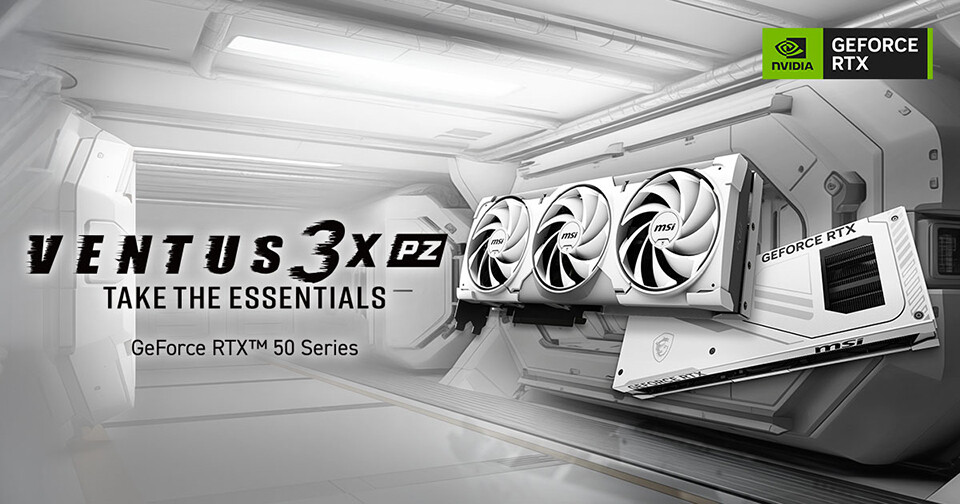
At a glance, this design feels like a natural evolution of the cable-free aesthetic we’ve seen growing in popularity with Project Zero motherboards and hidden-connector chassis. If you’ve ever struggled to make a dual 12VHPWR cable disappear in a compact case, you’ll understand why this concept has appeal.
That said, the back-connector layout isn’t without its tradeoffs. While MSI does include a Metal Magnetic Backplate — a clever touch that aids alignment and adds rigidity — not every case is going to play nicely with rear-mounted cables. This isn't a drop-in upgrade for every setup. You’ll need a compatible chassis that either supports this new cable routing or offers the flexibility to adapt.
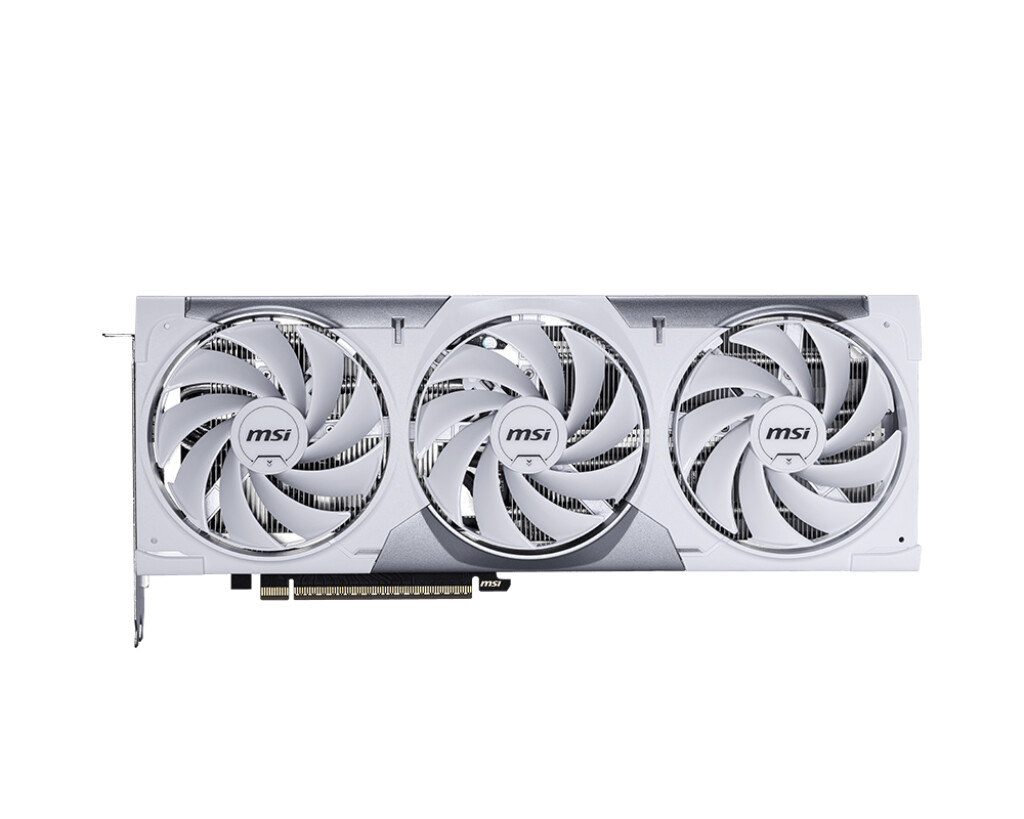
Still, the rest of the card pulls its weight. MSI didn’t skimp on thermal design — the TORX FAN 5.0 setup includes three interlinked fans that push air with high static pressure directly to key heat zones. Combined with a nickel-plated copper baseplate and square-core heat pipes, this thing looks built to run cool under pressure.
And of course, under the hood is NVIDIA’s Blackwell architecture, complete with 16GB of GDDR7 memory and DLSS 4 support. On paper, it’s every bit a next-gen GPU. Whether you're gaming, rendering, or pushing generative AI workloads, this card is designed to handle it — though we’re still waiting for hands-on benchmarks to confirm how it stacks up in real-world scenarios.
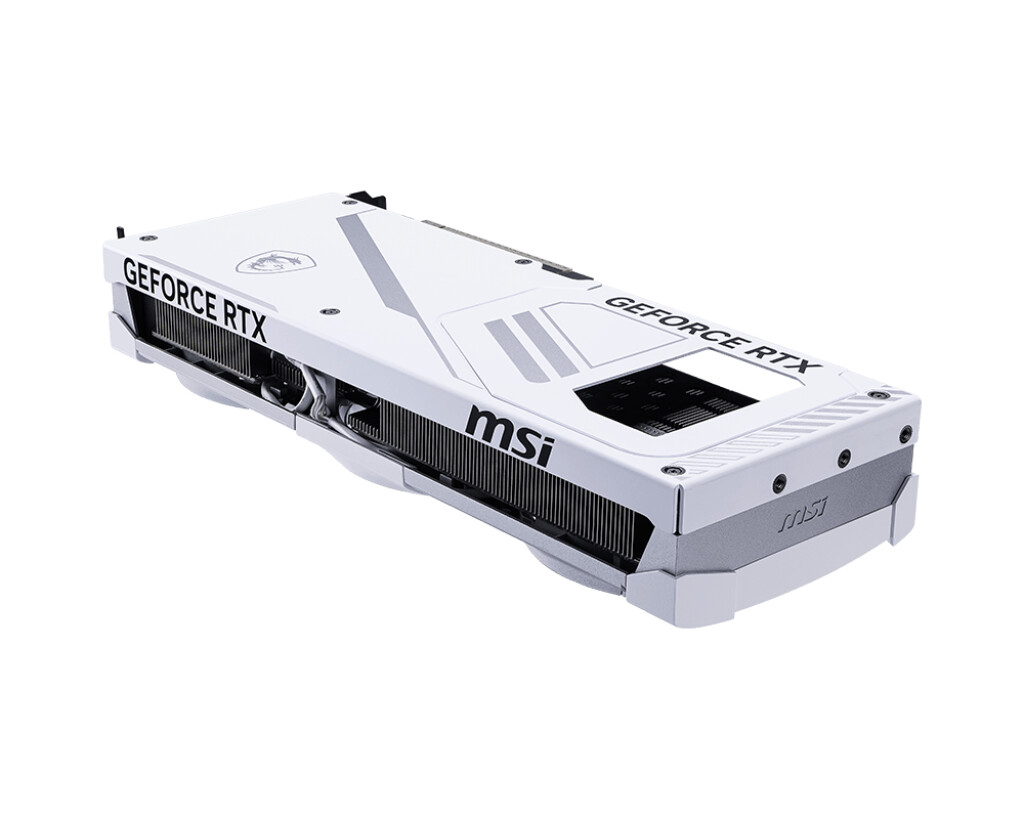
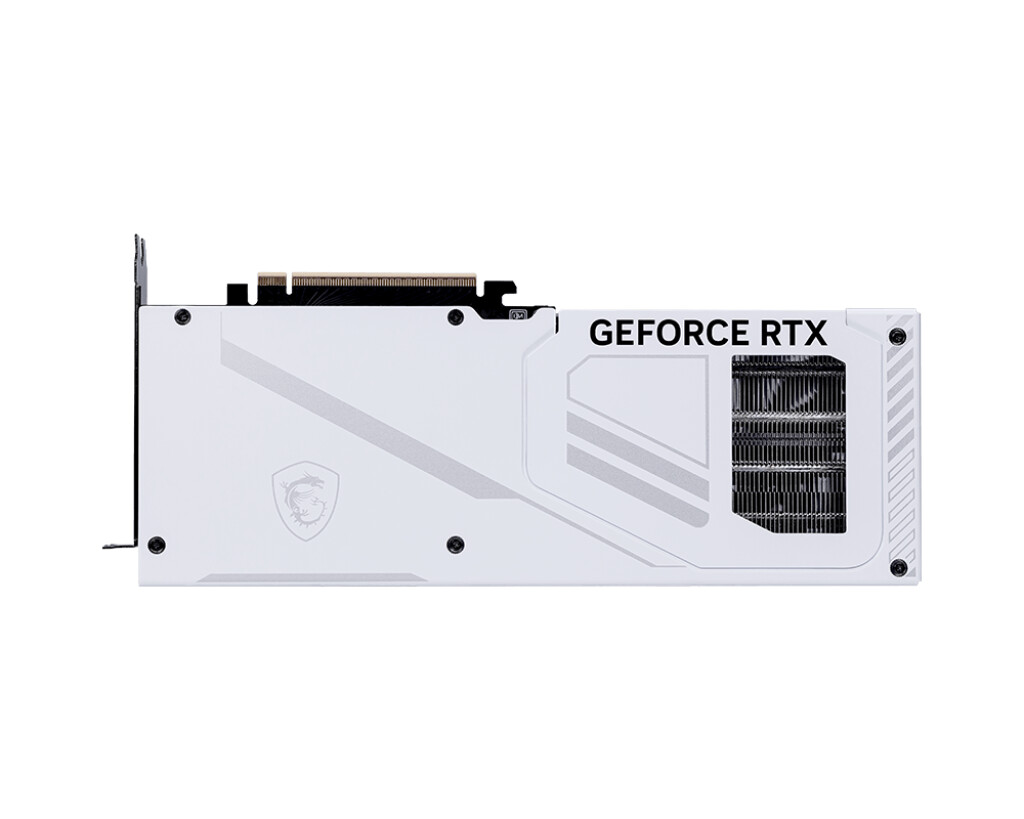
So, is the back-connector design worth it?
If you're building a new system with the right case and care about visuals just as much as frames per second, the answer could be yes. It’s clean, smart, and forward-thinking. But if you're working with legacy cases or tight spaces, you might want to wait and see how well this trend catches on — or at least until more chassis support it out of the box.
Bottom line? MSI is pushing boundaries here, and while it might not be a universal fit just yet, it’s a clear signal of where GPU design is headed.
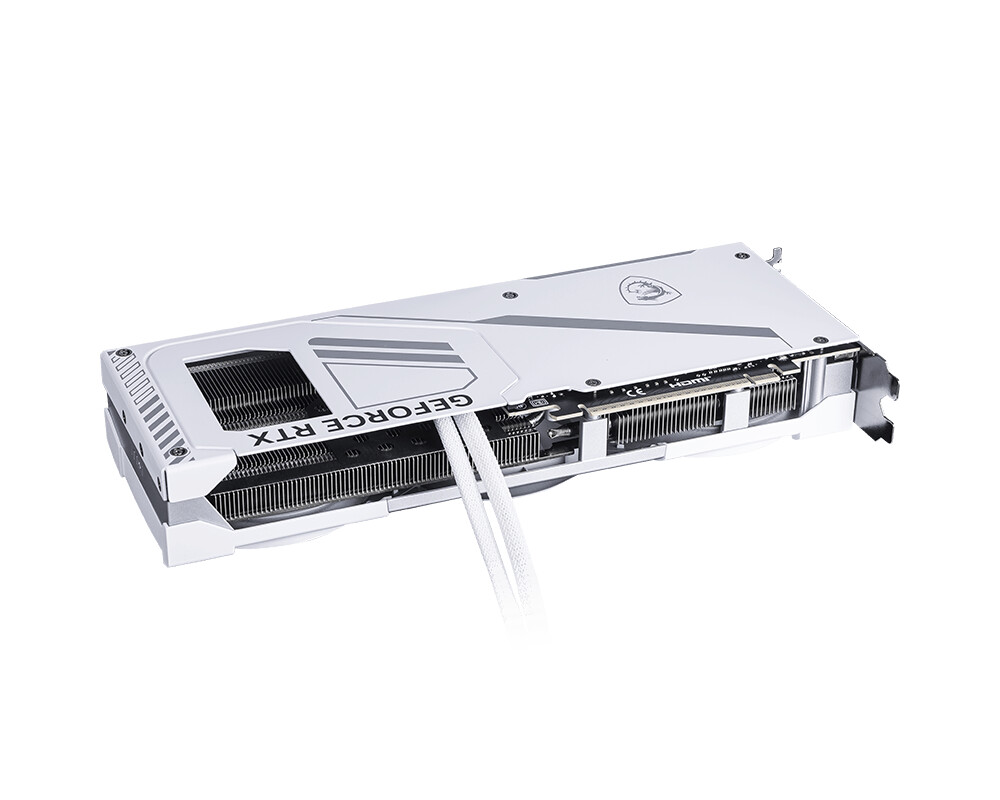
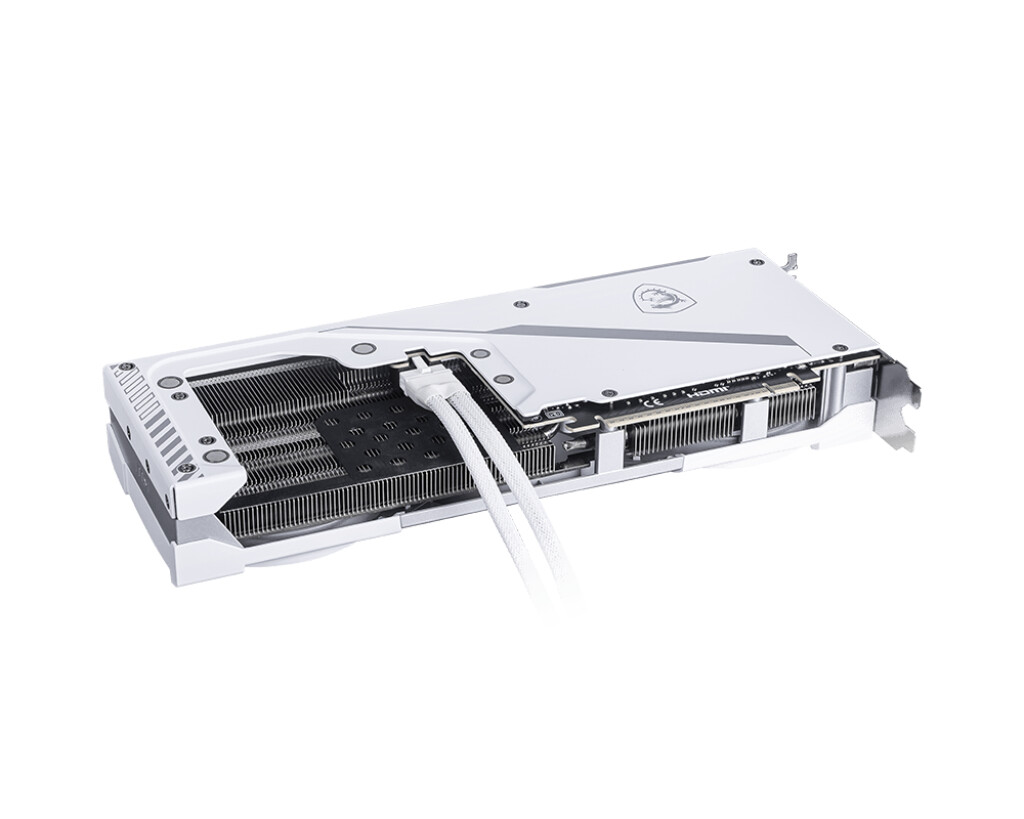

Juxia Figure Review - Hatsune Miku 100th Adventure Ver Preorder Now!

Juxia Game Review – WoW Midnight Deep Dive: Release Date, Player Housing, and Prey System!

Juxia Anime Review - 'The Demon King’s Daughter Is Too Kind!!' Anime Upcoming Adaptation!

Juxia Anime Review - OSHI NO KO Season 3 Release Date, Trailer, and Story Predictions!

Juxia Game Review - Koei Tecmo’s Atelier Ryza ASMR Hits DLsite!

Juxia Game Review - Elon Musk Just Challenged LoL Pros With Grok 5, and the Internet Is Losing It!

Juxia Game Review - The Ultimate Final Fantasy VII Remake Intergrade Switch 2 & Xbox Breakdown

Juxia Figure Review – 15th Anniversary Junko Enoshima Figure Every Fan Needs!

Juxia Movie Review - The Legend of Zelda Live-Action Movie Coming Soon!

Juxia Game Review - Where Winds Meet Surged Past 2 Million Players on Day One!
Juxia Game Review - Koei Tecmo’s Atelier Ryza ASMR Hits DLsite!
Juxia Anime Review - You Can't Be in a Rom-Com with Your Childhood Friends! Anime Adaptation
Juxia Anime Review - Why You Should Revisit Chained Soldier Explosive First Season
Transform Text and Photos into incredibly creative emojis with 'AI Emoji'
Sword of Justice Global Launches Soon - Everything You Must Know!
Sword of Justice Class Guide (7) - All School Classes Explained & Reviewed!
Sword of Justice Class Guide (6) - Sylph: Healing, Revival, and Grace in Battle!
Sword of Justice Class Guide (5) - Ironclad: Why This Rare Tank Class Is Worth Playing!
Sword of Justice Class Guide (4) - Numina: Master the Art of Poison and Tactical Combat!
LIVE A HERO
Retro Hero Mr Kim
Empire of Passion
Arcane Quest Legends
Magic Snap: Momotaro
AllStar Manga Heroes
Lunescape
ONE PIECE Thousand Storm JP
Tap Titans 2